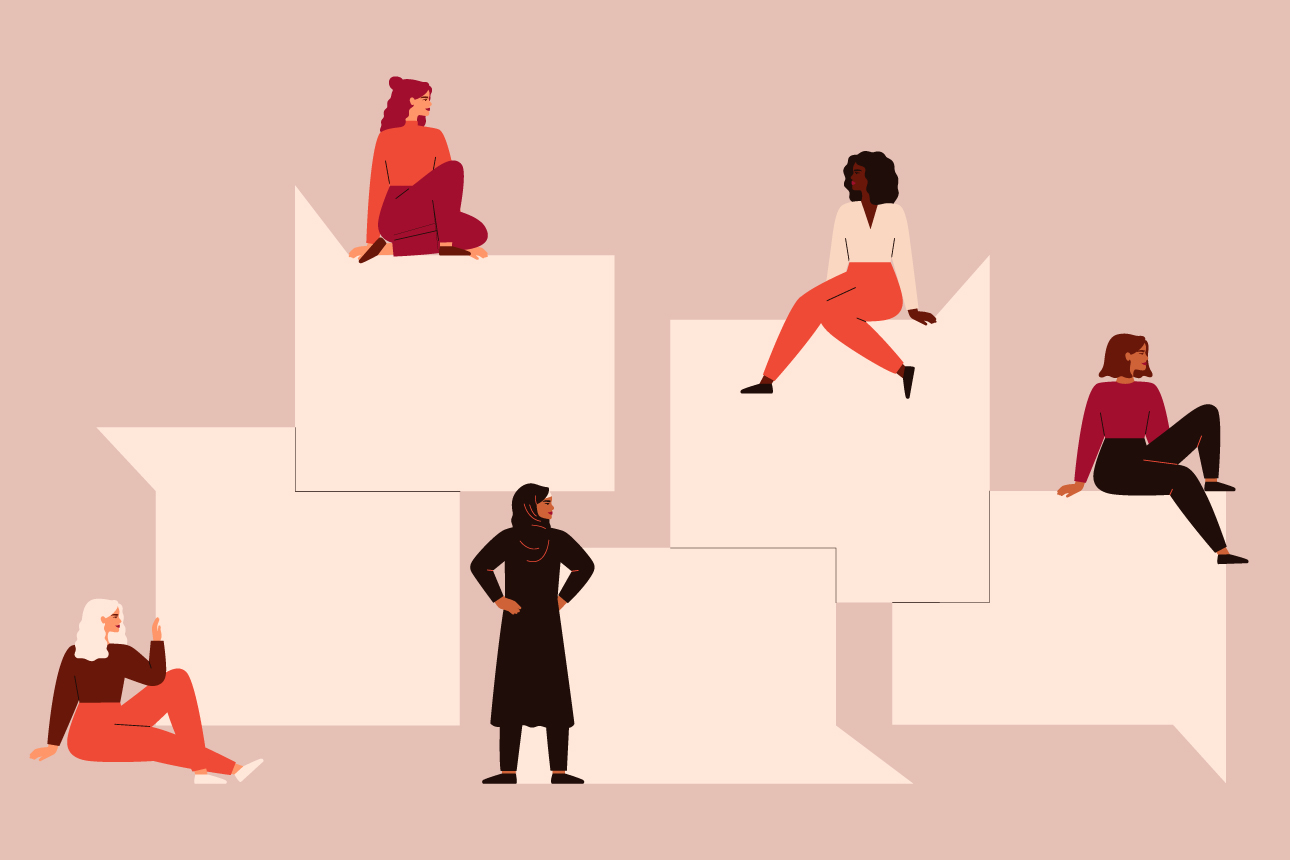How Workplaces Can Invite Dialogue on Race
In order to heal divides and fix systemic issues in organizations, leaders should focus on starting conversations, emphasizing individuality, and measuring feedback.
Topics

In times of great public debate and turmoil, people often become wary of weighing in, particularly in the workplace. They don’t want to offend anyone or fear getting in trouble for speaking up. This is especially true around sensitive issues of diversity, as fear often paralyzes people into silence.
But silence only makes the problem worse. To heal divides, we have to listen to and learn from one another. And it’s in workplaces that people are most likely to interact regularly with others whose backgrounds are different from theirs.
Get Updates on Transformative Leadership
Evidence-based resources that can help you lead your team more effectively, delivered to your inbox monthly.
Please enter a valid email address
Thank you for signing up
A study published by the Journal of Ethnic and Migration Studies noted that diverse workplaces “have a particularly strong potential for integration” because they “restrict individuals’ opportunities to act on tendencies toward homophily” — the tendency people have to seek out others like themselves. Here, our workplaces become a powerful tool to learn about and understand one another.
So rather than making talk of race, religion, and other differences forbidden at work, either through written or unwritten rules, we need to instead turn our workplaces into communities for open dialogue. The protests currently underway across the United States and across the globe, sparked by the killing of George Floyd and others in the Black community by police, put into sharp focus how badly this dialogue is needed in communities and in organizations.
The two of us have built careers in energy, one of the world’s biggest industries — and one that, like so many others, lacks diversity. (For example, only 5% of U.S. workers in mining, quarrying, and oil and gas extraction are Black.)
Through our experiences working to build diversity in the energy sector in terms of both race and gender, we’ve come to see how workplaces can create psychologically safe spaces for employees to discuss systemic issues in productive ways that lead to substantive change. These practices not only create understanding among staff but also help foster environments that support and attract a more diverse workforce.
Focus on Starting Conversations, Not Traditional ‘Training’
Much research has indicated that often “diversity training” doesn’t work as it’s intended.

Comment (1)
Brian Brittain